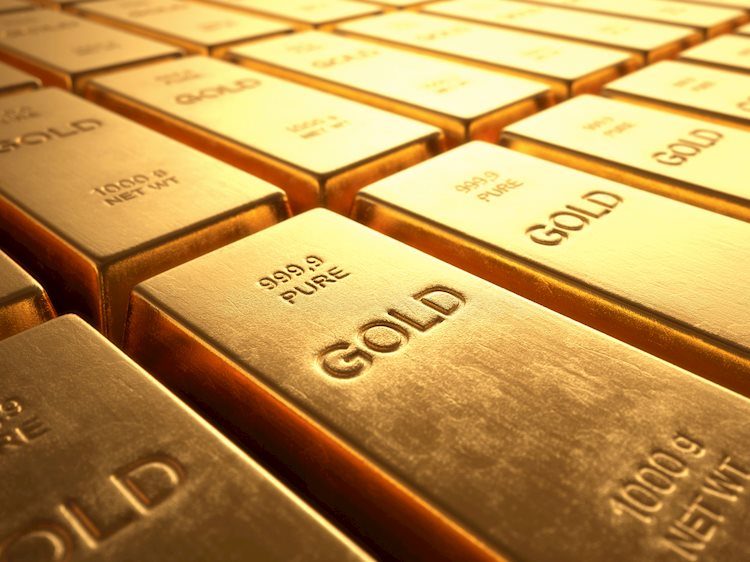Gold saw a temporary floor under its recent sell-off on Friday as investors turned to it for its safe-haven qualities amidst mounting geopolitical risks. Factors such as China engaging in war games around Taiwan and political decisions recognizing Palestine have heightened tensions, leading to increased demand for Gold. The news also impacted Asian stock markets negatively, with investor concerns about high interest rates further influencing sentiment.
However, the price of Gold weakened on Thursday following stronger-than-expected US economic data. The US Purchasing Manager Index (PMI) data for May, particularly in the Services sector, suggested high inflation, reducing expectations of early interest rate cuts by the Federal Reserve. This change is negative for Gold, as it raises the opportunity cost of holding the metal. Additionally, the relatively high price of Gold may be affecting demand in India, as imports have fallen due to customers exchanging old jewelry for new products.
In terms of technical analysis, Gold price has broken below a major trendline, signaling a shift to a more bearish trend. The decline from all-time highs recorded on Monday indicates a short-term downtrend, with potential targets at $2,303 or $2,272. However, a recovery and reversal of the short-term downtrend could occur if Gold breaks back above the trendline at $2,360. The Relative Strength Index (RSI) suggests a potential pullback or correction higher before further downside movement.
Geopolitical tensions and economic data continue to impact the price of Gold, with investors seeking its safe-haven qualities amidst uncertainty. The S&P Global Services PMI, a leading indicator of business activity in the US services sector, plays a crucial role in assessing economic conditions. A reading above 50 indicates expansion, which is bullish for the US Dollar, while a reading below 50 suggests a decline, bearish for the USD. The latest PMI data for May exceeded expectations, further influencing investor sentiment.
In conclusion, Gold retains its appeal as a safe-haven asset in times of geopolitical uncertainty. While economic data and market trends can influence its price in the short term, the precious metal’s long-term bullish trend suggests potential for recovery. Investors should continue monitoring geopolitical developments and economic indicators to gauge the future direction of Gold prices.


























